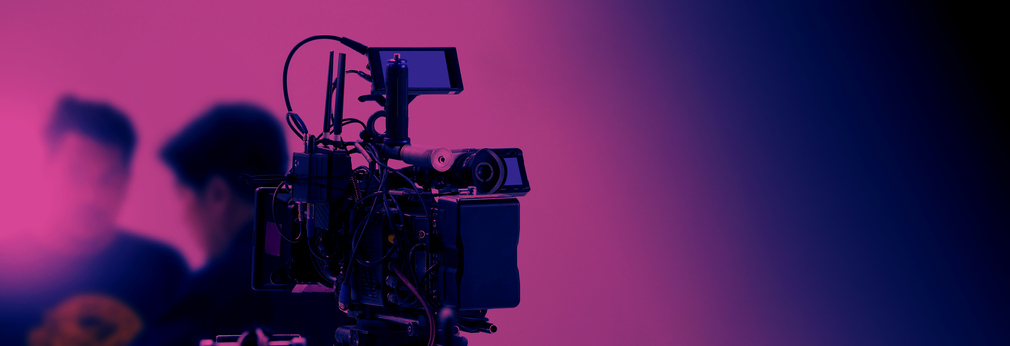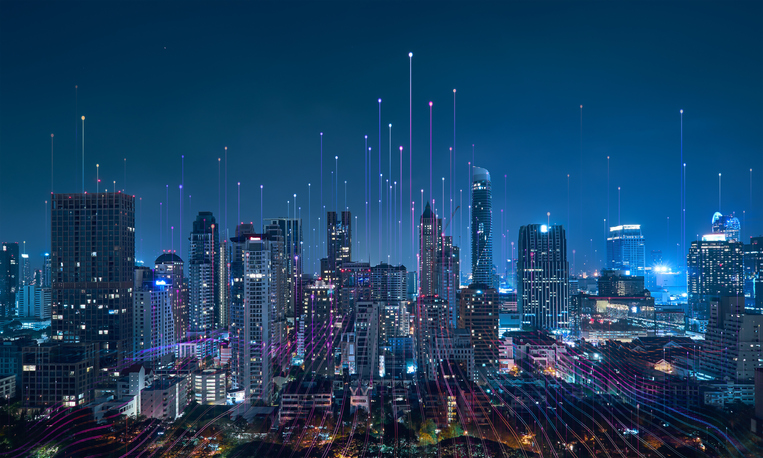In the world of film and television production, capturing the magic of storytelling on screen requires a skilled team of professionals who work behind the scenes. Among them, cinematographers, editors, and visual effects artists play critical roles. They bring stories to life through their creative and technical expertise. In this article, we will delve into these three key areas of the production process and explore the careers involved in each.
See Also: Attract & Retain Talent with Employee Training
Cinematography
Cinematography is the art and science of capturing images on a film or digital media. Cinematographers, also known as directors of photography (DPs), are responsible for the visual aesthetics of production. They work closely with directors to translate their vision into visually compelling images.
Cinematographers use their technical knowledge of cameras, lenses, lighting, and composition. They create a specific mood or atmosphere that enhances the story being told. They make creative choices about camera angles, framing, and movement to evoke emotions, convey information, and tell the story visually.
To become a cinematographer, one needs a keen eye for detail, a deep understanding of visual storytelling, and proficiency in using camera and lighting equipment. Many cinematographers start as camera assistants or grips and work their way up through the ranks to become DPs.
Editing
Editing is the process of assembling the footage shot during production into a coherent and compelling story. Editors play a crucial role in shaping the final product. They work closely with directors and producers to create the tone, pace, and flow of a film or TV show.
Editors use their storytelling skills to select the best takes. They arrange the shots in a logical sequence and create a rhythm that enhances the emotional impact of the story. They also work with sound designers and composers to integrate sound effects, dialogue, and music into the final product.
Editing requires technical proficiency in using editing software, as well as a strong sense of storytelling and an understanding of pacing, rhythm, and visual language. Many editors start as assistants, working alongside experienced editors, and gradually move up to more senior positions.
Visual Effects
Visual effects (VFX) are used to create computer-generated imagery (CGI) that enhances the visual elements of a production. VFX artists are responsible for creating a wide range of effects, from fantastical creatures and explosive action sequences to subtle enhancements that enhance the visual storytelling.
VFX artists use specialized software and tools to create digital elements that seamlessly blend with live-action footage. They work closely with directors, cinematographers, and other members of the production team to ensure that the VFX align with the overall creative vision of the project.
To work in visual effects, one needs a strong understanding of computer graphics, animation, and compositing techniques. Many VFX artists have a background in computer science or art and gain expertise through specialized training or experience.
In conclusion, cinematography, editing, and visual effects are critical components of the production process. These roles require a combination of creative and technical skills, as well as a deep understanding of storytelling and aesthetics. Pursuing a career in cinematography, editing, or visual effects can be a rewarding path for those with a passion for visual storytelling and a desire to capture the magic of the screen. With dedication, hard work, and a commitment to honing their craft, professionals in these fields can contribute their unique talents to the creation of unforgettable visual experiences for audiences around the world.



















